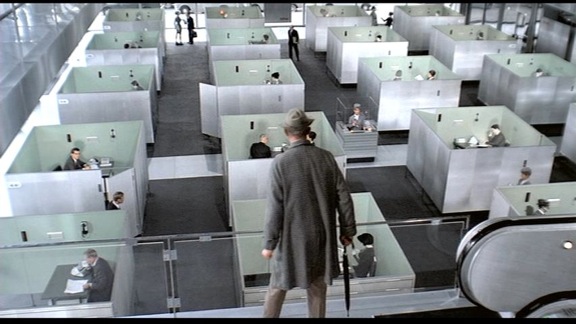



In his book "From Sun Tzu to Xbox" Ed Halter mentions the PLATO network as one of the first timeshare systems that enabled communications between different computer stations. PLATO was first developed at the University of Illinois in the 1960s and was initially funded by the Army, Navy, Air force, and The National Science Foundation. Professor Don Bitzer, known as the "father" of the PLATO project, was interested in building computers systems that communicate with each other and are used for educational purposes. Under his supervision, PLATO was built both for educational and military training uses. Because of its network capabilities PLATO was one of the first platforms for early versions of network multiplayer games, instant messaging, chat rooms, and more. Many of today's video games sprung form earlier versions that were created on the PLATO network. A few of the games that were originally developed on PLATO are Avatar, Dnd, Empire, Panther, and Spasim.
What I find interesting about the PLATO network is the vast array of uses the system had. The project was managed by a professor from the University of Illinois, Don Bitzer, who was hoping to build an educational tool, and by the 1970's PLATO had about 1,000 terminals worldwide, most of which were stationed in educational institutions, from elementary schools to universities. At the same time, the funders of the project were military and government organizations that had invested in this project in order to create a training tool for military purposes. In addition to the foreseen educational and military uses of PLATO, and during the ongoing process of developing PLATO, "university geeks" with access to the PLATO network developed other innovative uses such as games and social interactions such as chatting, posts, etc. All of these first uses of PLATO play an important role in various ways computers are used today - email, instant-messaging, forums, education, and games are only a few of the inventions that first saw light on the PLATO network.
This link is to a PLATO user guide from 1981:
http://www.bitsavers.org/pdf/cdc/plato/97405900C_PLATO_Users_Guide_Apr81.pdf
This link is to a document from 1971 that describes the PLATO architecture, with some cool diagrams:
http://www.bitsavers.org/pdf/univOfIllinoisUrbana/plato/X-20_The_Plato_IV_Architecture_May72.pdf

No comments:
Post a Comment